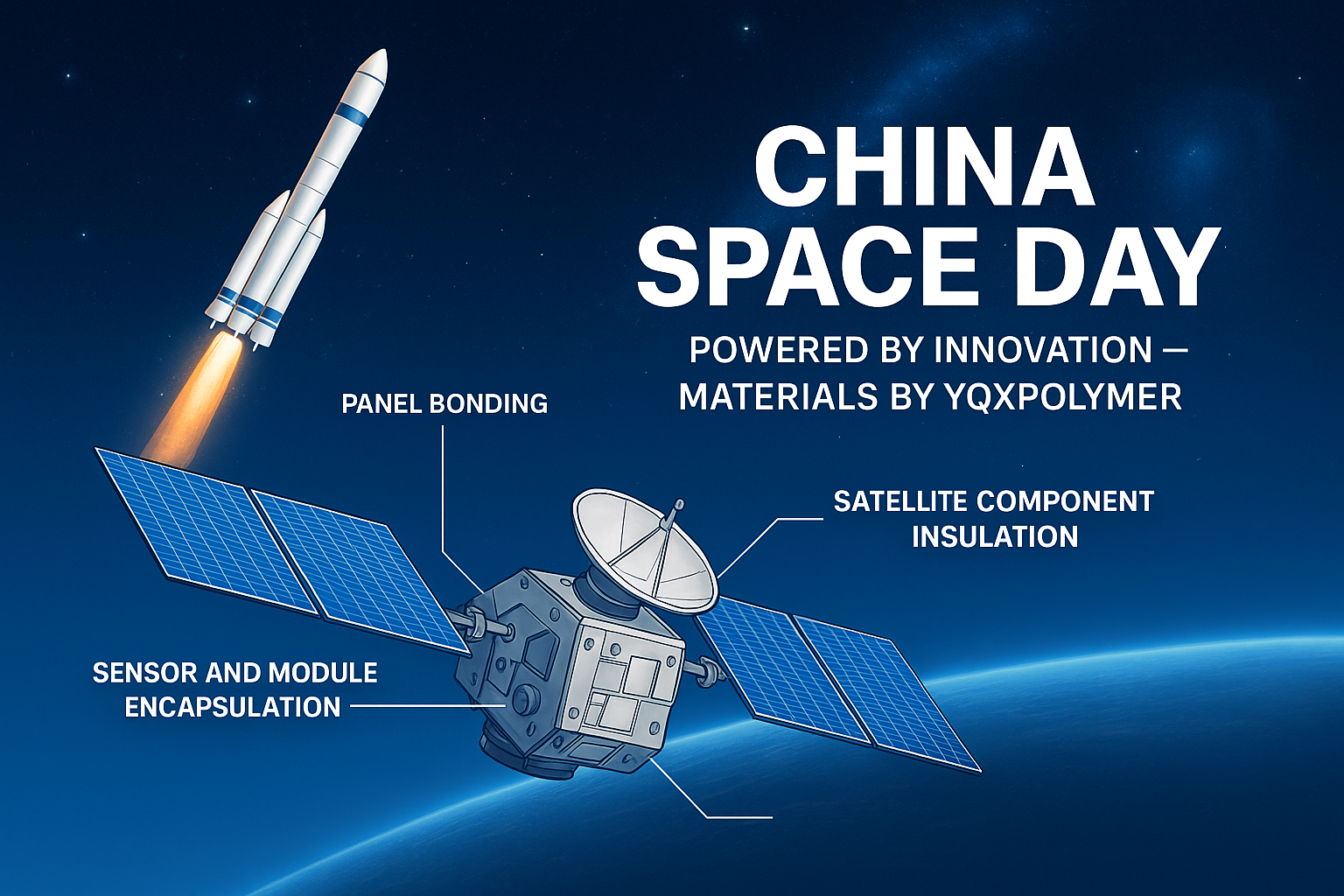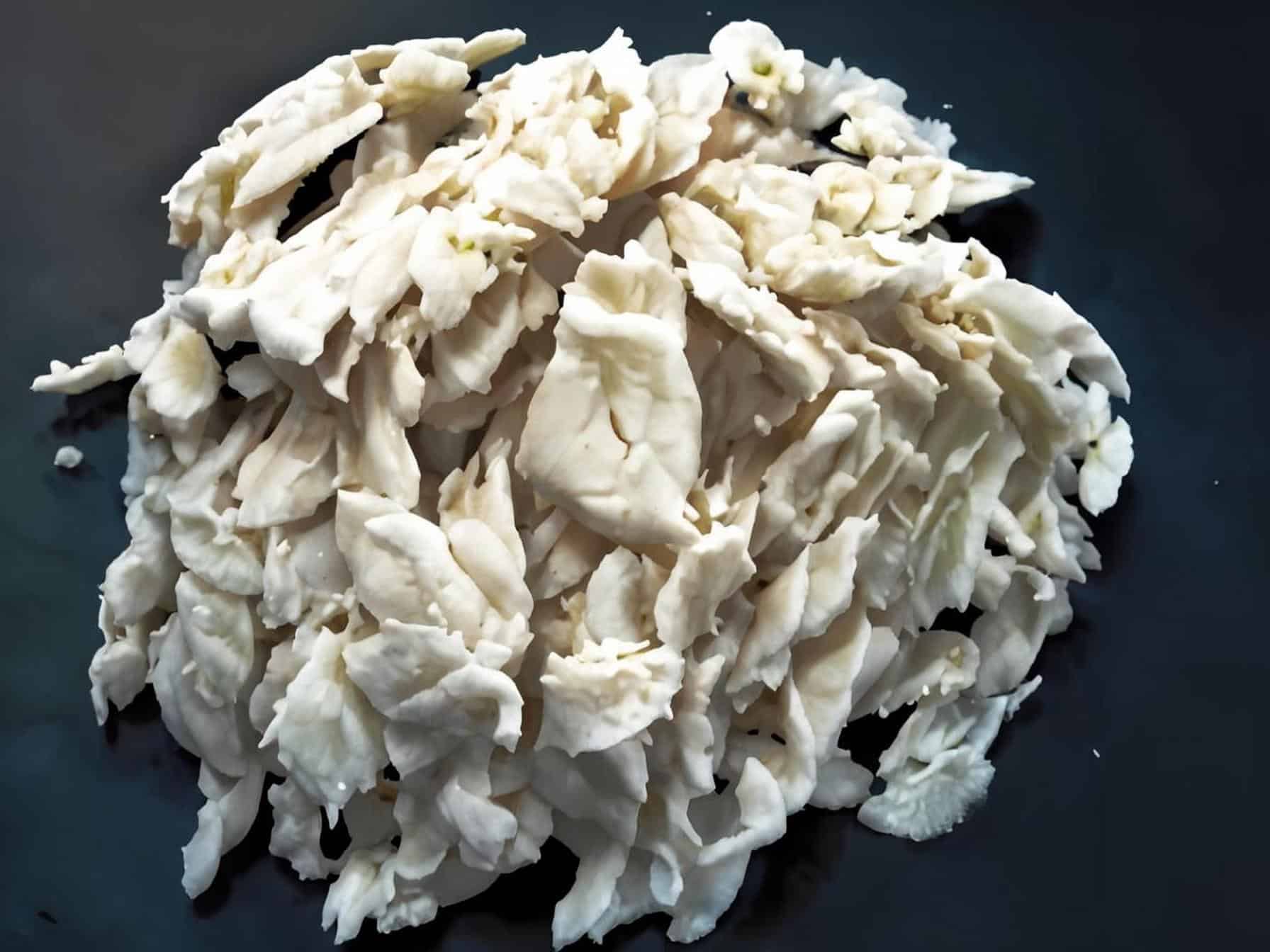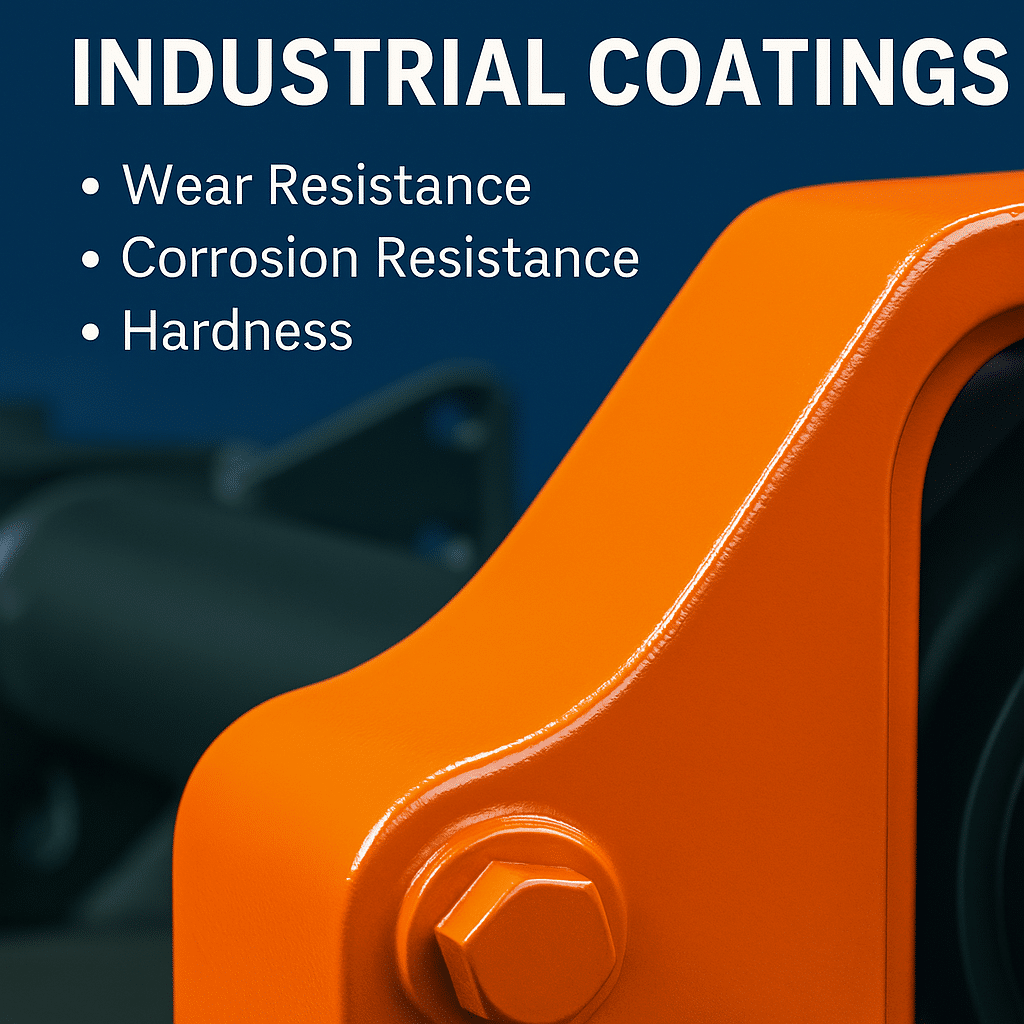Effect of graphene addition on the properties of graphene/epoxy composites
The addition of graphene has an important influence on the performance of composites, and it is also an important direction in the research of graphene/epoxy composites in recent years. Fu Yuan-xiang’s team found that the thermal conductivity of composites was 4.01 W-m-1-K-1 when the maximum addition of graphene was 10.1%, which was 22 times higher than that of pure epoxy resin. 22 times compared with pure epoxy resin, which can be effectively applied in thermal management. It was found that for a fixed graphene-epoxy system, the addition of different amounts of graphene nanoparticles (GNP) to epoxy resin does not always significantly improve the tensile properties, while the tensile plasticity and fracture toughness change with the concentration of GNP, because there is a soft-phase “whitening zone” in the GNP/epoxy composites and GNP will agglomerate in the higher concentration of GNP. Kernin et al. constructed a graphene epoxy network by means of highly shear triple-roller milling and investigated the dynamics of graphene nanofillers over time, and achieved good electrical and thermal conductivity at a low graphene addition (0.5%), in contrast to the low concentration of graphene. Varenik et al. varied the amount of graphene addition and achieved that the viscosity of the composites could be adjusted to the desired value of thermal conductivity at a higher graphene addition (16%).Prolongo et al. on the other hand, through experimental study of GNP addition, found that the mechanical strength of the composites increased with the increase of GNP addition, and that the thermal diffusivity increased up to a maximum of 210% at an addition level of 8%. In addition to focusing on the amount of graphene added, Shen et al. explored the effect of the number of graphene layers on the thermal conductivity of epoxy composites, innovatively used the molecular dynamics method to simulate and calculate the thermal conductivity of the embedded graphene in the planar and interfacial directions, and found that when more than 10 layers of graphene nanostrips were added with the content of 2.8% (v/v), the thermal conductivity of the composites was 1.5 W-m-1 -K-1. Long et al. prepared functionalized graphene oxide (FGO) and characterized its chemical structure by spectroscopy, and the tensile strength of the composites up to 2.76 GPa was obtained by filling 0.2% of FGO into epoxy resin.
Effect of graphene addition morphology on the properties of graphene/epoxy composites
The different morphologies of graphene added phases have important effects on the properties of their composites, and the film morphology of graphene and its arrangement are hot spots of research. BusteroI et al. partially solved the common high viscosity problem in liquid technology by self-supporting films, by embedding epoxy resin and carbon nanotube buck paper (CNT-BP) in 2 different freestanding graphene films, it was found that the thermal conductivity of the epoxy polymer increased from 0.20 to 20 W-m-1-K-1 when 30% graphene was introduced. The same graphene film morphology, Zhang et al. found that the oriented arrangement could form heat dissipation channels, and the thermal conductivity of the composites was as high as 384.9 W-m-1-K-1 when the graphene additions were 44%, compared to pure graphene. 1-K-1, an increase of about 3570% compared to pure epoxy resin. Similarly, Hao H et al. formed graphene thermal channels between different heat flow conduction directions, confirming that the size-dependent microstructure can be further transformed from anisotropic to isotropic, and the thermal conductivity of the composites was 10 W-m-1-K-1 with the introduction of 5.5% graphene additions, which was 55 times higher than that of the pure epoxy resin, and the above proves the importance of the formation of thermal channels in the graphene additive phase for its important role of improving thermal conductivity.
Aerospace applications of graphene/epoxy composites
Composite materials with its high strength, light weight and other excellent properties, the scope of application continues to expand, and gradually replace metal materials in practical applications, especially in the field of aviation has shown great potential for application. Researchers have found that the coating of graphene/epoxy composites on an aircraft wing can effectively remove the ice on the wing, and experiments have shown that the coating can still melt the centimeter-thick ice on the rotor blades of the wing under the ambient conditions of minus 20°C. This method is one of the most effective ways of de-icing systems in the world. This method belongs to the active anti-icing method in the de-icing system, which not only can avoid the environmental pollution problem generated by the chemical anti-icing method, but also has a wider range of application and potential.

In the application of anti-icing system, Raji et al. through the preparation of ultrathin graphene nanoribbon film, the graphene film can achieve RF transmission, even at very low temperature conditions, but also able to maintain a very high degree of optical transparency, by adjusting the film resistance, as shown in Fig. 1 experiments to prove that the graphene nanoribbon film through chemical and ultrasonic treatment can be heated in the cold conditions to de-ice, showing the great potential for aerospace ice-covering applications.
YQXPOLYMER cited from 科普 | 石墨烯/环氧树脂复合材料的最新进展和航空应用 (qq.com)
For more about YQXPOLYMER epoxy composite, please reach us at sales@yqxpolymer.com or +86-28-8411-1861.
Some pictures and texts are reproduced from the Internet, and the copyright belongs to the original author. If there is any infringement, please contact us to delete.




